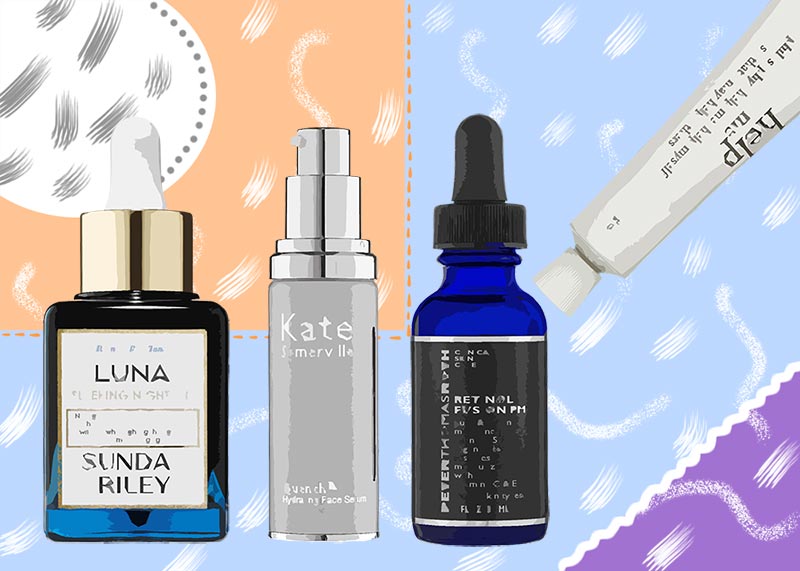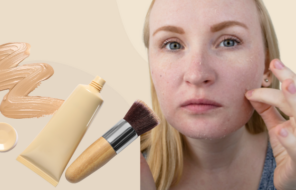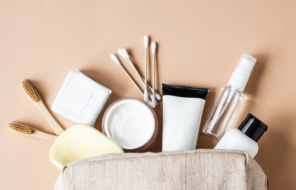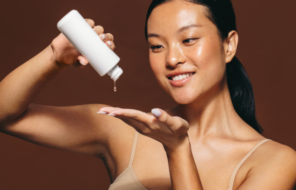Have you heard about the superstar skincare ingredients, retinols and retinoids? The various forms of vitamin A, also known as retinols, are magical active ingredients that can radically transform the skin in different ways, depending on which form of them you choose to try.
You can go the hardcore route, with prescription retinol products, or enjoy a gentle yet effective skin-rejuvenating treatment from an over-the-counter retinol. To learn all of the differences, and what retinol is, and to figure out how to use retinol for skin, keep on reading!
In this article:
- What Is Retinol?
- How Do Retinols Work?
- The Difference Between Over-the-Counter Vitamin A and Prescription Vitamin A
- How Do I Add Retinol to My Routine?
- You Shouldn’t Use Retinol If…
- What About Retinol and Other Actives?
What Is Retinol?
Retinol is just another name for vitamin A1. Other forms of vitamin A that show up in cosmetics a lot include retinyl palmitate, retinoic acid, and tretinoin. Collectively they are known as retinoids.
These forms of vitamin A are used extensively in skin care and dermatology, thanks to their ability to renew and support skin cell reproduction, which has a beneficial effect on many different skin concerns.
Vitamin A as a nutrient was first discovered in 1913, but scientists only learned how to isolate it in 1947. Vitamin A became an extremely popular and well-researched ingredient in skin care thanks to Dr. Albert Kligman.
Dr. Kligman, along with Dr. James Fulton and Dr. Gerd Plewig, is responsible for conducting the rigorous testing that discovered that tretinoin could be an extremely effective anti-acne and anti-aging ingredient. Unfortunately, Dr. Kligman was also responsible for conducting unethical human testing on prisoners at Holmesburg Prison, which is what he is most well known for.
How Do Retinols Work? What Kind of Skin Problems Can Retinol Solve?
Retinol is one of the very few skin care ingredients that have actually been tested rigorously enough that I can say with full and serious confidence that it works. We have fairly clear understanding of the mechanism by which retinol works.
Retinol works by stimulating and regulating the production of various molecules in our skin, leading to increased collagen production, and quicker epidermal cell turnover. The result is a remedy and an improvement to the appearance of the following skin issues:
- Fine lines
- Loss of tone
- Uneven texture
- Enlarged pores
- Dullness
- Hyperpigmentation
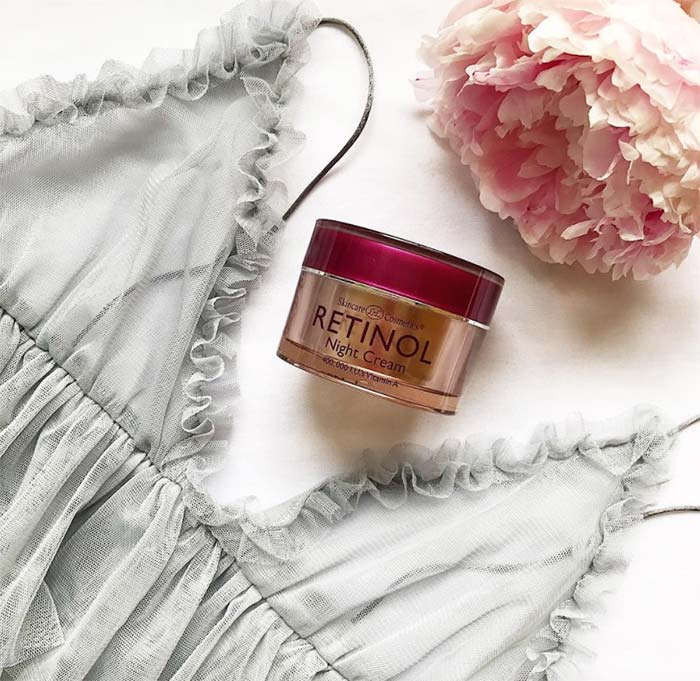
The Difference Between Over-the-Counter Vitamin A and Prescription Vitamin A
Usually, when a similar ingredient is sold both by prescription and over-the-counter, chances are the former version is much stronger and riskier than the latter. The same is certainly true for vitamin A. Over-the-counter forms of vitamin A target general issues related to the appearance of the skin.
The more powerful retinol is able to radically minimize the look of wrinkles, and to brighten and firm up the skin. The more retinol in the formula, the stronger and more effective it’ll be… but its potential to irritate the skin also increases.
The weaker cousin of retinol is retinyl palmitate, which has phenomenal skin protective antioxidant capabilities. However, it is not nearly as skin regenerative or anti-aging as its stronger cousin. It is still a wonderful skin care ingredient.
On the more powerful side of things are the prescription versions of vitamin A. A commonly used topical product is Retin-A, which is the commercial name for tretinoin. Dermatologists often prescribe tretinoin as a remedy for acne as well as wrinkles. It works by dramatically speeding up the skin’s regenerative abilities, eliminating damaged skin and increasing production of healthy skin cells.
However, since this ingredient is so strong, it can seriously irritate the skin. It can cause redness, irritation, peeling, and dryness. It makes the skin much more photosensitive, and it should never be used by pregnant women.
A step above that is isotretinoin, which is more commonly known by its commercial name, Accutane. This is a heavy-duty drug that is taken orally. It is most commonly prescribed for acne, and it is seriously effective.
It is unclear exactly how it does this, but Accutane is able to shrink the oil glands. In the process, it also severely thins out the skin and makes it much more prone to irritation and dryness. There are many other risks associated with this drug, so it is considered a last resort by most dermatologists.
How Do I Add Retinol to My Routine? Suggestions for Efficacy and Safety
If you choose to add over-the-counter retinoids to your routine, you need to make sure to add them properly.
- Make sure your retinols are packaged properly. It must come in an opaque or darkly colored pump or tube container. No clear plastic or glass, and absolutely no jar containers!
- Make sure you are already using a sunscreen regularly, since retinol can make you a fair bit more sensitive to the sun’s harmful rays.
- At first conduct a patch test: only apply the retinol to a small part of your skin for about a week, to make sure you don’t have a negative reaction to it.
- Never add multiple products to your routine at once.
- Start by only using retinol only once or twice a week, and as the weeks pass slowly increase the amount of times a week that you apply it.
- Apply the retinol to your skin after cleansing and toning (if you tone), and before moisturizing or applying sunscreen.
- If the retinol seems to be too hard on your skin, you might want to either slow down how often you use it, switch to a weaker retinol with lower concentration, or stop altogether.
- When you first start using retinol, your skin might break out. This is known as purging, and it should go away after a few weeks. If it doesn’t, you might want to stop using retinol.
You Shouldn’t Use Retinol If…
- You have extremely sensitive and highly reactive skin. For those with sensitive skin, there is the natural alternative to retinol – bakuchiol.
- You are pregnant, breastfeeding, or trying to conceive.
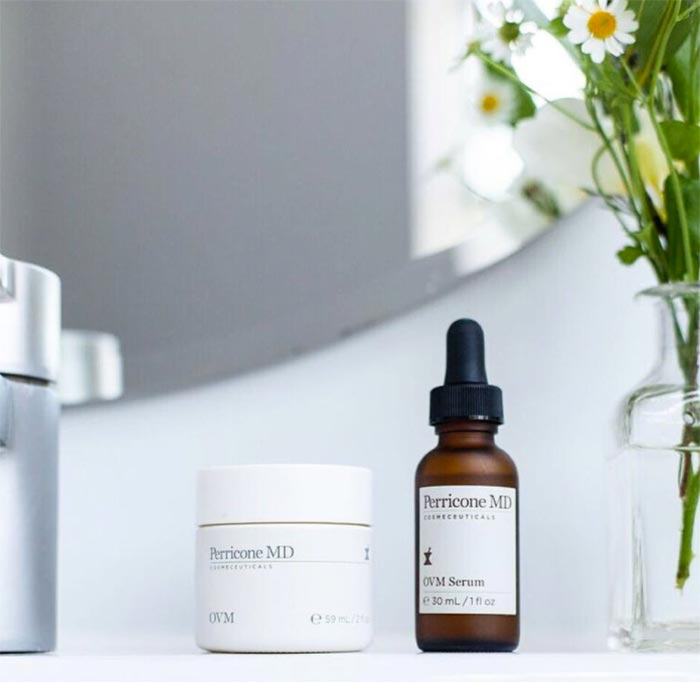
What About Retinol and Other Actives?
This one is a tough one. Skin care superstar and driving force behind Paula’s Choice, Paula Begoun says that combining retinol with AHA (glycolic or lactic acid), BHA (salicylic acid), and vitamin C is perfectly fine. According to her, you can even use them at the same time.
On the other hand, according to the minds at FutureDerm, using retinol at the same time as any of these actives can reduce their collective efficacy.
As far as AHAs and BHAs are concerned, since you do not want to overuse them anyway, I think it is better to split them from retinol just in case. Simply use one active in the daytime, and another in the nighttime – it really doesn’t matter which goes when.
As far as vitamin C is concerned, according to Paula Begoun, new research shows that they actually should be combined! Vitamin C and vitamin A can actually stabilize each other, and increase each other’s efficacy. Feel free to use them at the same time! Use your vitamin C first, and follow it up with your retinol.
Keep in mind, however, that the more actives you use, the likelier your skin is to start misbehaving. Always patch test new products, and never introduce more than one product into your routine at a time.
Oh, and just because this is a good chance to reiterate: make sure to use sunscreen when using any of these actives!
Have you had any success using retinol products? Are you thinking about trying out retinol? For which skin concerns? Comment and let me know!
Photos via Instagram

